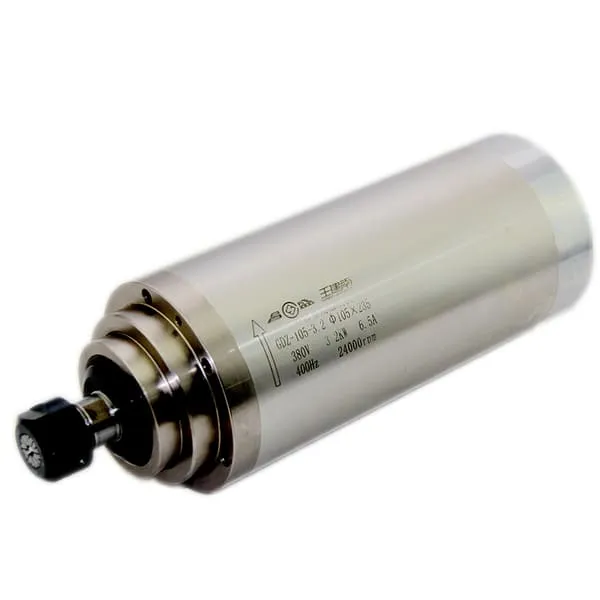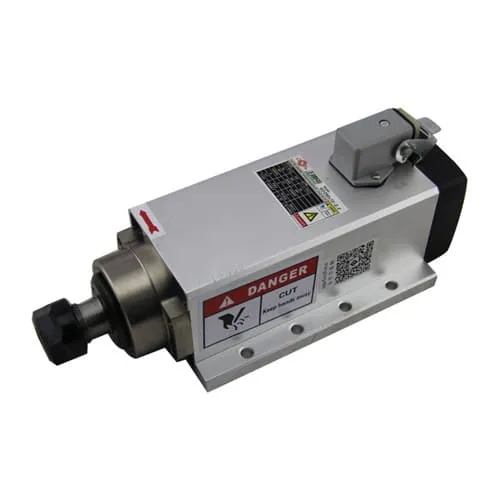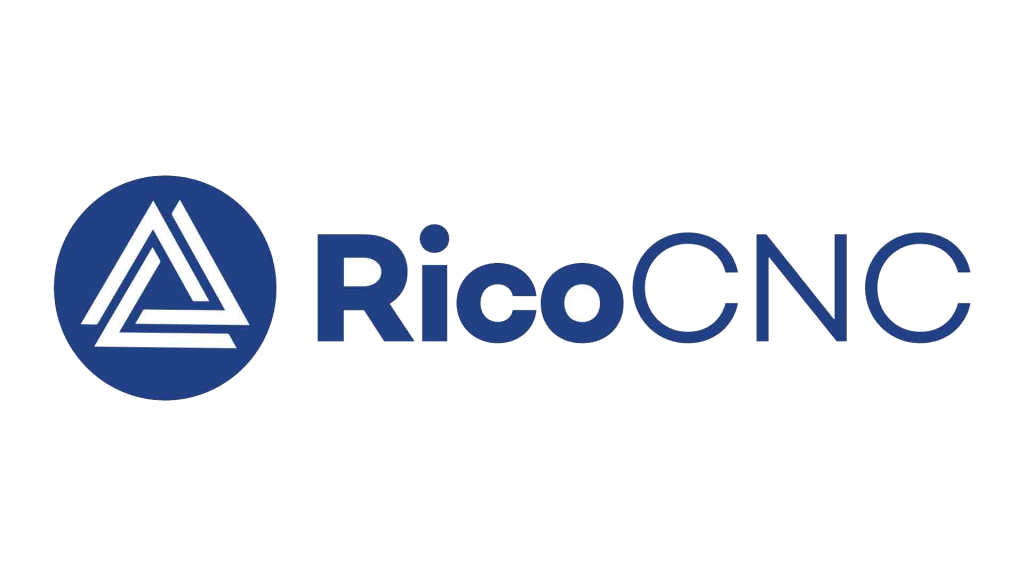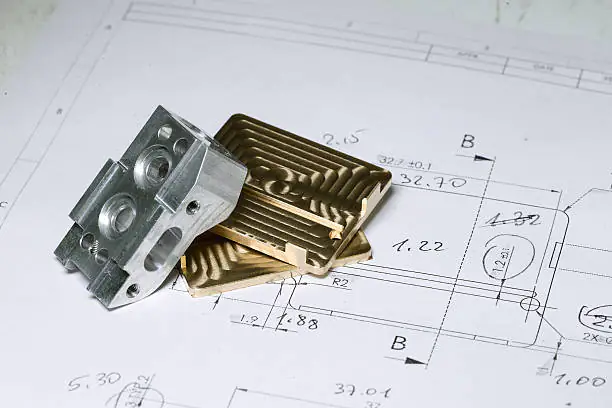In the realm of modern manufacturing, 5-axis CNC machining stands as a revolutionary advancement that has reshaped how complex parts are designed, produced, and delivered. But what exactly does 5-axis CNC mean, and how does it differ from the more traditional machining methods? This guide explores the intricacies of 5-axis CNC technology, its applications, benefits, and everything you need to know about how it works. If you’re curious about “what does 5-axis CNC mean?”, read on to discover the world of precision engineering.
Understanding 5-Axis CNC Machining
What is CNC Machining?
CNC, or Computer Numerical Control, refers to the automated control of machine tools through software programs. It enables high precision, consistent quality, and efficiency. CNC machines can cut, mill, and shape materials like metal, wood, and plastic to create parts with detailed specifications. From 3-axis CNC to 5-axis CNC machines, these tools play an integral role in the manufacturing of various industrial components.
5-axis CNC machining takes this a step further, allowing the cutting tool to move in five different directions simultaneously. This capability enables the creation of intricate and complex parts that would be impossible or impractical to manufacture using simpler methods.
The Evolution of 5-Axis CNC
The journey to 5-axis CNC machining began with traditional 3-axis CNC machines, where the tool can move in three linear axes (X, Y, and Z). Over time, as industries required more elaborate geometries, the need for additional axes emerged, leading to the introduction of 4-axis and ultimately 5-axis CNC machines. The key benefit of this evolution is that it enables complex parts to be produced with fewer setups, reduced manual intervention, and improved accuracy.
What Makes a Machine 5-Axis?
The term “5-axis” refers to the number of directions in which the cutting tool can move. In a 5-axis CNC machine, the tool moves along three linear axes—X, Y, and Z—and rotates along two additional axes, usually referred to as A and B. This makes it possible for the cutting tool to approach the workpiece from virtually any direction.
Here’s a breakdown of the five axes:
- X-axis: Moves the tool from left to right.
- Y-axis: Moves the tool back and forth.
- Z-axis: Moves the tool up and down.
- A-axis: Rotates around the X-axis.
- B-axis: Rotates around the Y-axis.
Comparing 3-Axis vs. 5-Axis CNC Machining
| Feature | 3-Axis CNC | 5-Axis CNC |
|---|---|---|
| Axes of Movement | 3 (X, Y, Z) | 5 (X, Y, Z, A, B) |
| Complexity of Parts | Suitable for simple parts | Suitable for complex parts |
| Production Time | Longer setup times | Shorter setup times |
| Tool Reach | Limited to 3 directions | Extended reach, multiple angles |
The added rotational axes in 5-axis CNC machining mean that the machine can approach the workpiece from multiple angles, allowing for the cutting of complex geometries in a single setup.
Benefits of 5-Axis CNC Machining
1. Complex Geometry
5-axis CNC machining is ideal for creating parts with complex shapes, intricate angles, and intricate geometries. The ability to manipulate the workpiece along multiple axes allows machinists to produce parts that would otherwise be unachievable or require multiple setups.
2. Shorter Cutting Tools
Using shorter cutting tools can minimize vibration, leading to a better surface finish and greater precision. 5-axis CNC machines can position the tool closer to the part surface without requiring long extensions, which is a significant advantage when working with harder materials like steel and titanium.
3. Reduced Setup Time
Traditional 3-axis CNC machines often require multiple setups to cut from different angles, increasing production time and leaving room for error. In contrast, 5-axis CNC machining allows all sides of the part to be machined in one setup, reducing setup time and increasing overall accuracy.

For improved 5-axis CNC machining, consider our high-performance 24000RPM 3.2KW ER20 Water-Cooled Router Spindle, which ensures precision and reliability.
4. Enhanced Surface Finish
With the tool’s ability to approach the part from a variety of angles, 5-axis CNC machines can achieve superior surface finishes. This feature is particularly advantageous in industries like aerospace and automotive, where surface finish quality is crucial.
5. Increased Flexibility
The added flexibility in 5-axis CNC machining means that manufacturers can switch between different parts without significant downtime. This adaptability is especially useful for custom jobs and low-volume production runs.
Types of 5-Axis CNC Machines
There are various configurations of 5-axis CNC machines, each suited for different applications and industries. Here are the most common types:
1. Trunnion 5-Axis Machines
A trunnion 5-axis CNC machine features a rotating table, which provides the additional two axes of movement. These machines are well-suited for larger workpieces and offer a high degree of stability.
2. Swivel Head 5-Axis Machines
In swivel head machines, the tool itself rotates around the additional axes rather than the workpiece. This setup is ideal for smaller parts or jobs requiring a high level of precision, as the workpiece remains stationary while the tool moves around it.
3. Hybrid 5-Axis Machines
Hybrid machines combine features of both trunnion and swivel head setups. These machines offer enhanced versatility and are used for a wide range of applications, from simple to complex geometries.
4. Universal Machining Centers
Universal machining centers are a type of 5-axis machine used for very intricate parts, often found in medical, aerospace, and electronics manufacturing. They feature both rotating tables and swivel heads for maximum control.
Applications of 5-Axis CNC Machining
Aerospace Industry
The aerospace industry is one of the most significant adopters of 5-axis CNC machining. Components like turbine blades, structural frames, and engine parts require complex geometries, tight tolerances, and high levels of surface finish—making 5-axis CNC the ideal choice.
Automotive Industry
In the automotive industry, 5-axis CNC machines are used to manufacture critical components such as engine blocks, cylinder heads, and custom parts. The ability to reduce setups and increase precision is highly advantageous in the competitive automotive market.
Medical Devices
5-axis CNC machining is used to create complex parts for medical devices, such as prosthetics, orthopedic implants, and surgical instruments. The precision required in this field makes 5-axis CNC essential for producing parts that fit perfectly and function reliably.
Mold Making
The production of injection molds for plastics often involves complex geometries. 5-axis CNC machining allows mold makers to create detailed molds with fewer setups, improving accuracy and reducing lead times.
Tooling for 5-Axis CNC Machines
Tooling is an essential aspect of 5-axis CNC machining. The selection of tools and spindles directly impacts the performance of the machine and the quality of the final product. Here are some key tools used in 5-axis CNC:
1. Shorter Cutting Tools
As mentioned earlier, using shorter cutting tools in 5-axis CNC helps to minimize vibration and achieve a better finish. This also ensures a higher level of control over the cutting process, particularly for complex shapes.
2. High-Performance Spindles
The spindle is crucial for any CNC machine. In 5-axis CNC machining, a high-speed, reliable spindle is necessary to maintain accuracy across different angles and materials. For example, a 2.2KW ER20 Square Air-Cooled Spindle with Flange provides both stability and precision for demanding applications.

3. Multi-Flute End Mills
For 5-axis CNC machining, multi-flute end mills are often used due to their ability to remove more material in less time. This makes them suitable for complex, high-precision jobs where productivity and accuracy are critical.
Challenges of 5-Axis CNC Machining
1. Complexity of Programming
Programming a 5-axis CNC machine is inherently more complex than programming a 3-axis machine. Machinists must consider multiple angles and ensure that the cutting tool does not collide with the workpiece or machine components.
2. Cost of Equipment
5-axis CNC machines are more expensive compared to 3-axis or 4-axis machines. The investment, however, pays off in reduced setup times, improved quality, and the ability to create complex parts.
3. Skilled Operators
Operating a 5-axis CNC machine requires a high level of expertise. Finding skilled machinists who are capable of handling such sophisticated equipment can be challenging but is essential for maximizing the machine’s potential.
FAQs
1. What does 5-axis CNC mean?
5-axis CNC refers to a machining process where the cutting tool can move along five different axes simultaneously. This allows for the creation of complex geometries and reduces the need for multiple setups.
2. How does 5-axis CNC differ from 3-axis CNC?
In 3-axis CNC, the tool moves along three linear axes (X, Y, and Z). In 5-axis CNC, the tool can also rotate around two additional axes, providing more flexibility and reducing the need for part repositioning.
3. What industries benefit the most from 5-axis CNC machining?
Industries such as aerospace, automotive, medical, and mold-making benefit greatly from the precision, efficiency, and versatility of 5-axis CNC machining.
4. Are 5-axis CNC machines cost-effective?
While the initial investment in a 5-axis CNC machine is higher, the efficiency gains, reduction in setup times, and ability to create complex parts can lead to significant long-term savings.
5. What types of tools are used in 5-axis CNC machining?
Tools used in 5-axis CNC machining include multi-flute end mills, shorter cutting tools, and high-performance spindles like our 24000RPM 3.2KW ER20 Water-Cooled Router Spindle.
Conclusion
5-axis CNC machining represents the pinnacle of precision and efficiency in modern manufacturing. With the ability to cut complex geometries, reduce setup times, and achieve superior finishes, 5-axis CNC machines are the backbone of industries requiring intricate, high-quality components. From aerospace to medical devices, the versatility of these machines opens up new possibilities that were once thought unattainable.
To achieve the best results in 5-axis CNC machining, investing in quality components, such as high-performance spindles like our 2.2KW ER20 Square Air-Cooled Spindle, is key. By leveraging the full capabilities of 5-axis CNC, manufacturers can push the boundaries of innovation, quality, and efficiency, paving the way for a more advanced future in manufacturing.

